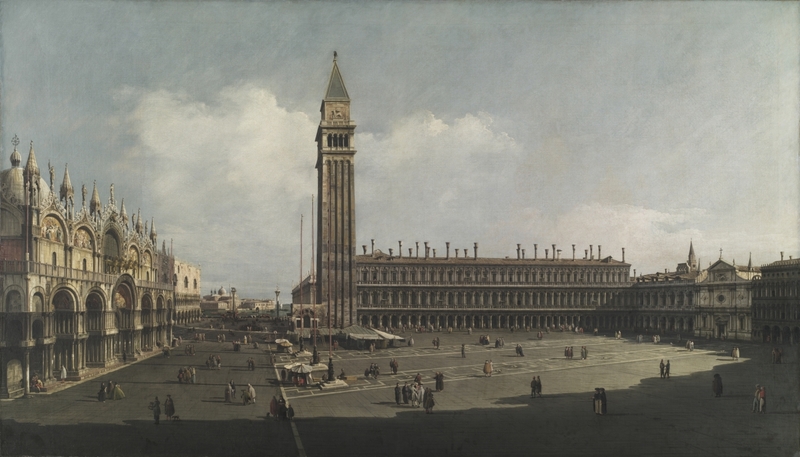Where to Go?
The most visited areas in Italy were the large cities which provided various forms of entertainment and relaxation such as theatre and galleries. Other than Rome, the other most frequented cities were Venice, Florence, Naples, Genoa, Turin, and Milan. Most tourists were uninterested in the untamed wildernesses of Italy and often saw it with more fear than appreciation for the sublime, or the awe of nature’s destructive or uncontrollable power.1,2 Instead, Roman monuments the Rotunda and the Pantheon and famous works like the Sistine Chapel received the most attention like. On their trips, tourists would travel directly between major cities.3
Tourists did more than marvel at the monumental antiquities of the Roman Empire. They consumed the present culture of Italy as much as they did with the antiquities. Rome, Naples, and their surrounding areas were the most well-known for their ruins before later excavations brought other sites to light, so the rest of the time spent on a tour could be used for exploring cites. The first stop after the journey into the base of the Italian peninsula was usually Turin at the northwestern end of Italy. While most would quickly move on to other major cities, some tourists, tired from their journeys through the Alps, would rest there although it was more scenic than intellectually stimulating.4 After Turin, tourists could go any direction: northeast to Milan, east to Parma, or southeast to Genoa on the coast. Then, tourists would make their way down the peninsula, accompanied by their bear-leader in hopes of reaching Rome.
___________________________________________________________
1. Black, Jeremy. “Italy and the Grand Tour: The British Experience in the Eighteenth Century,”
2. Paul F. Kirby, The Grand Tour in Italy, 1700-1800 (New York: S. F. Vanni, 1952), 96
3. Ibid., 96-99
4. Jeremy Black. Italy and the Grand Tour. (New Haven: Yale University Press, 2003), 33.
